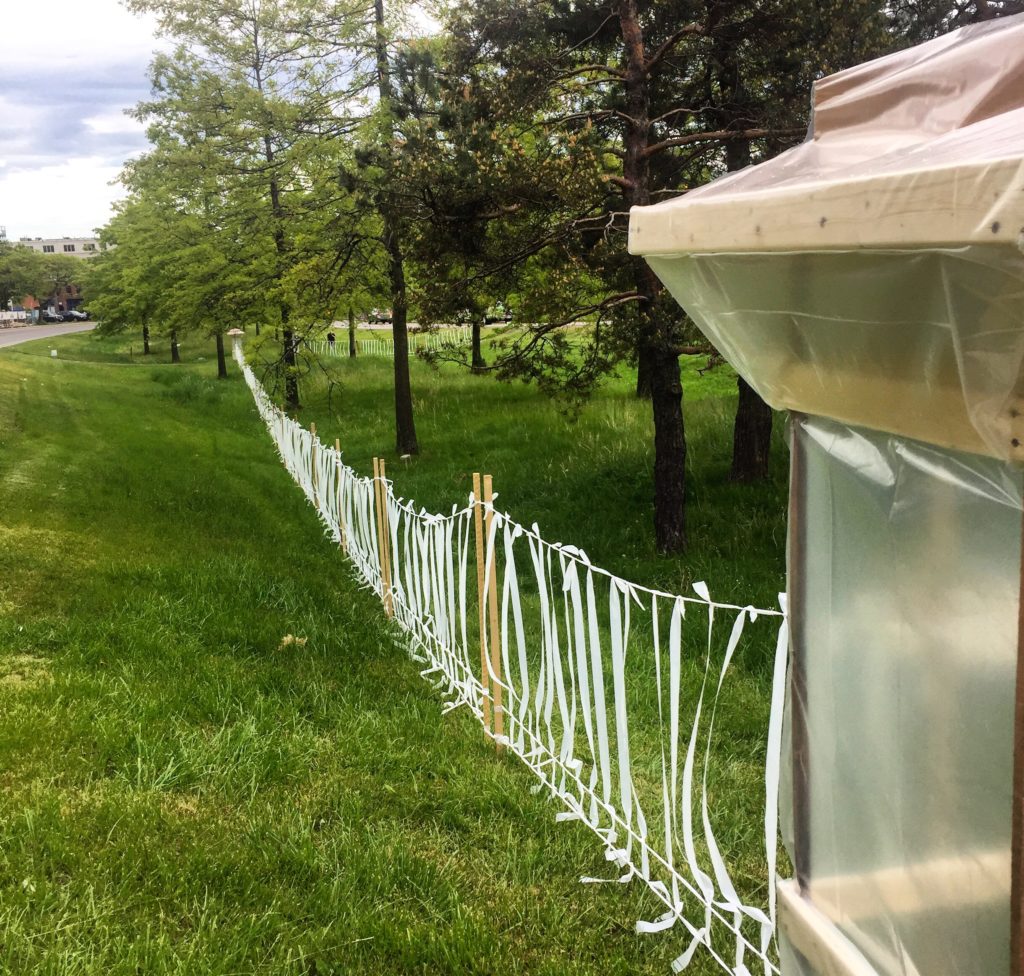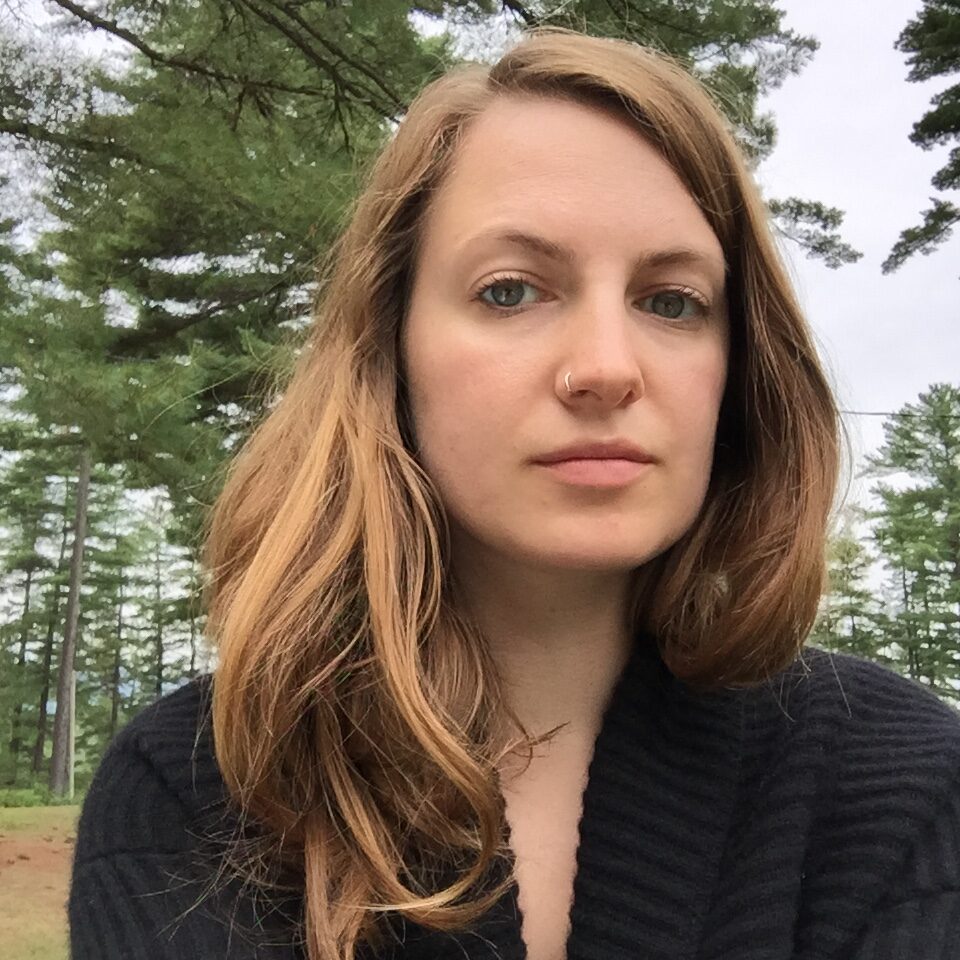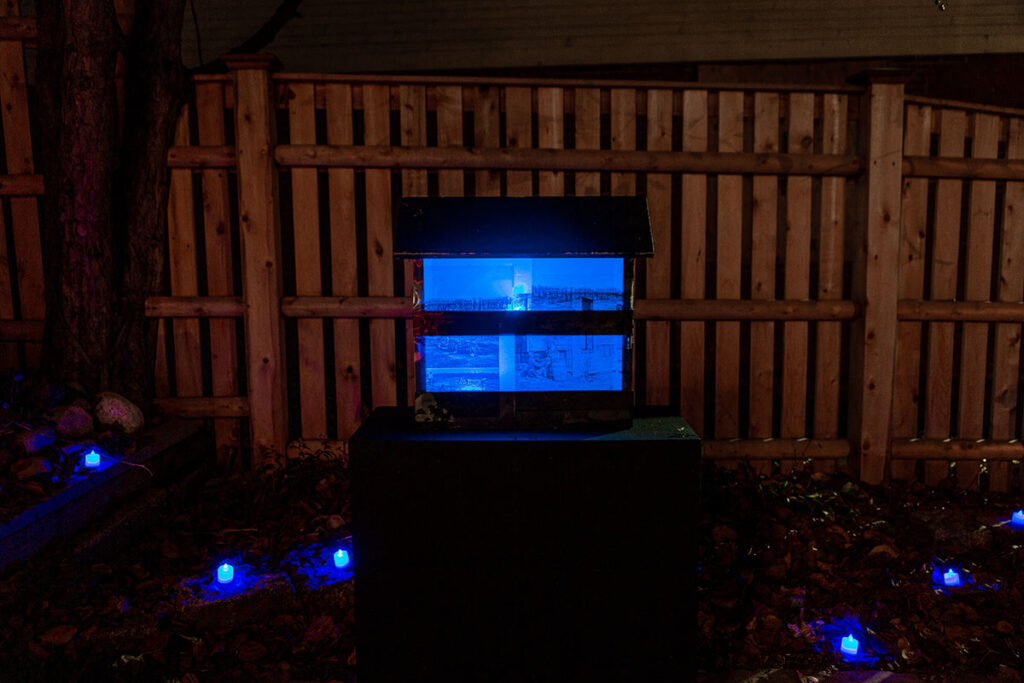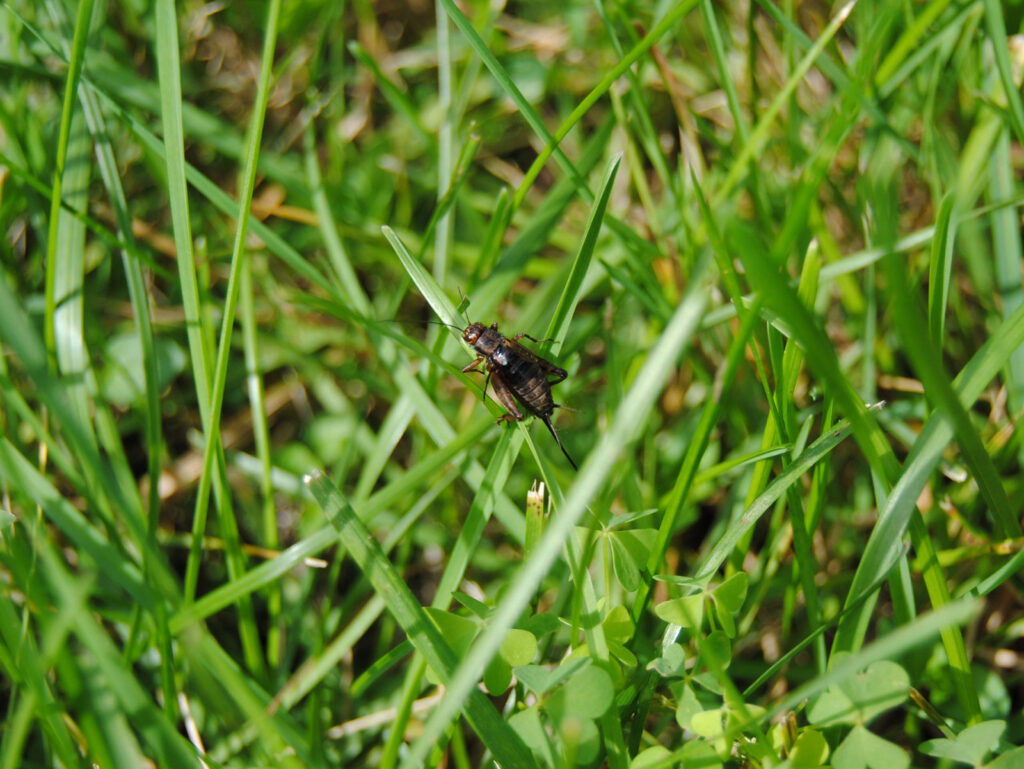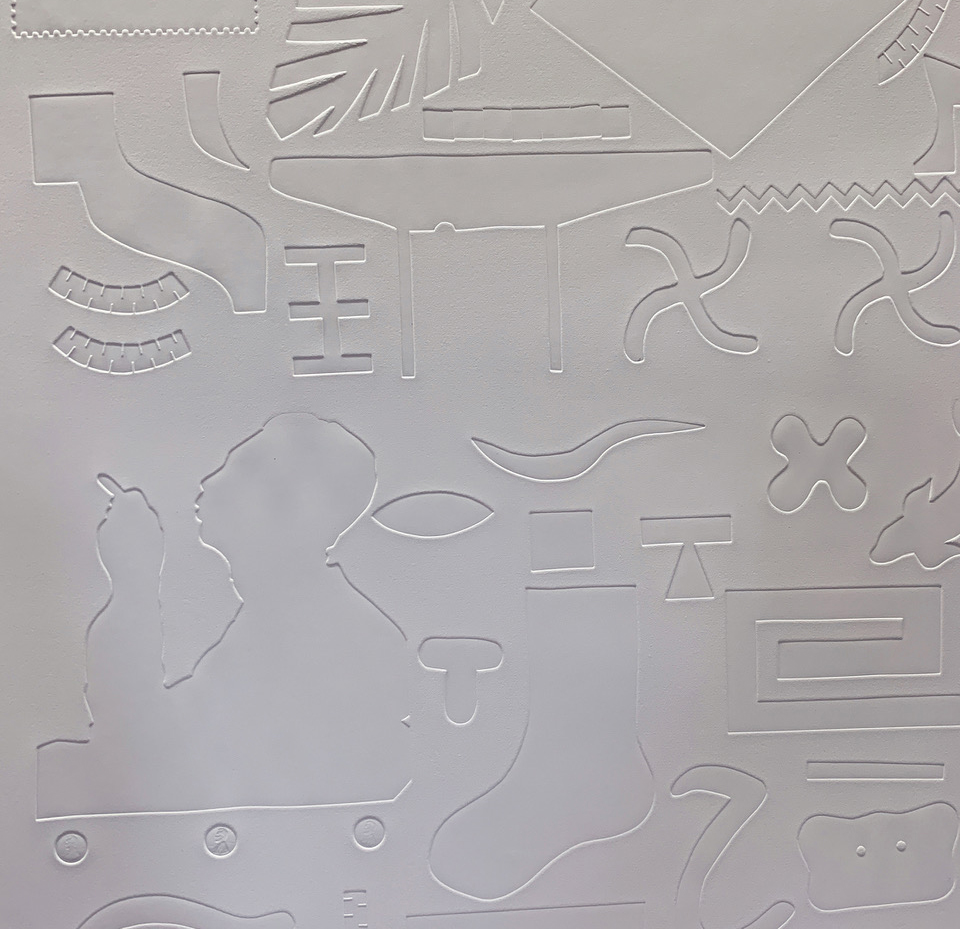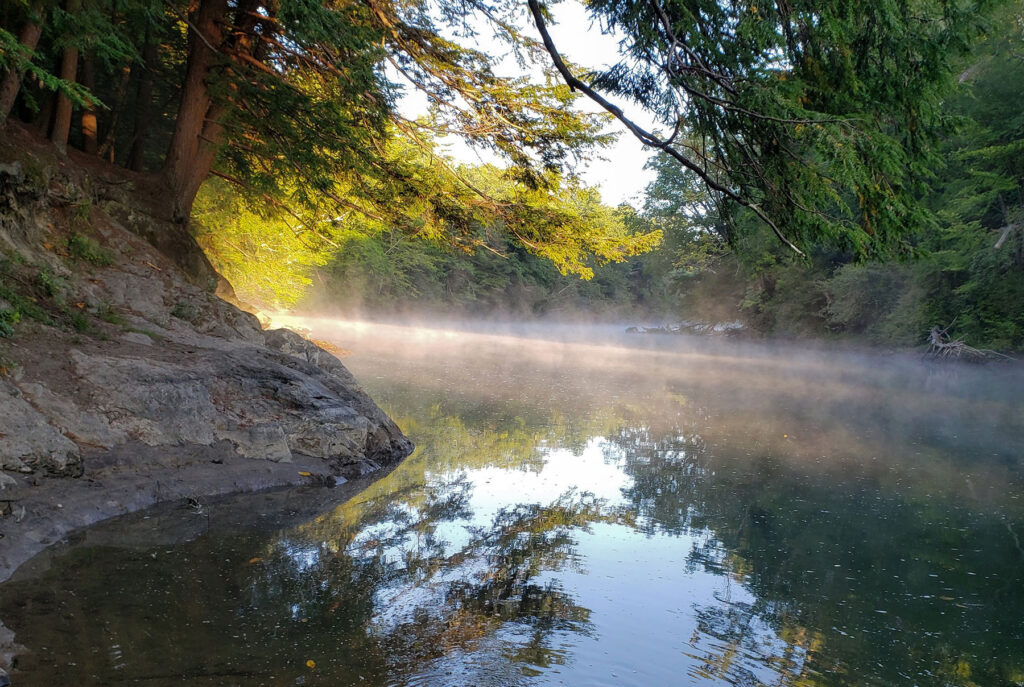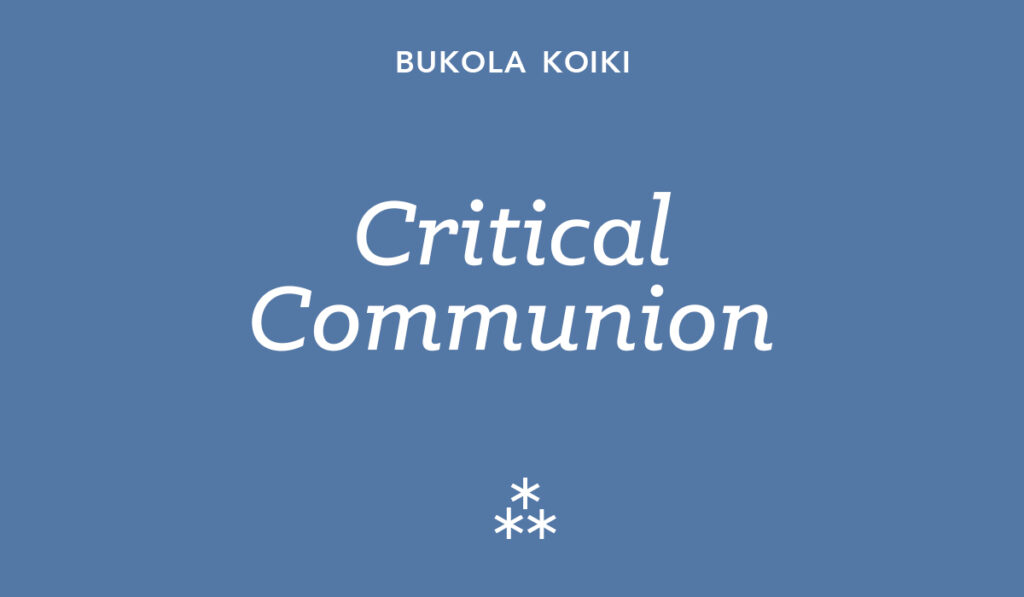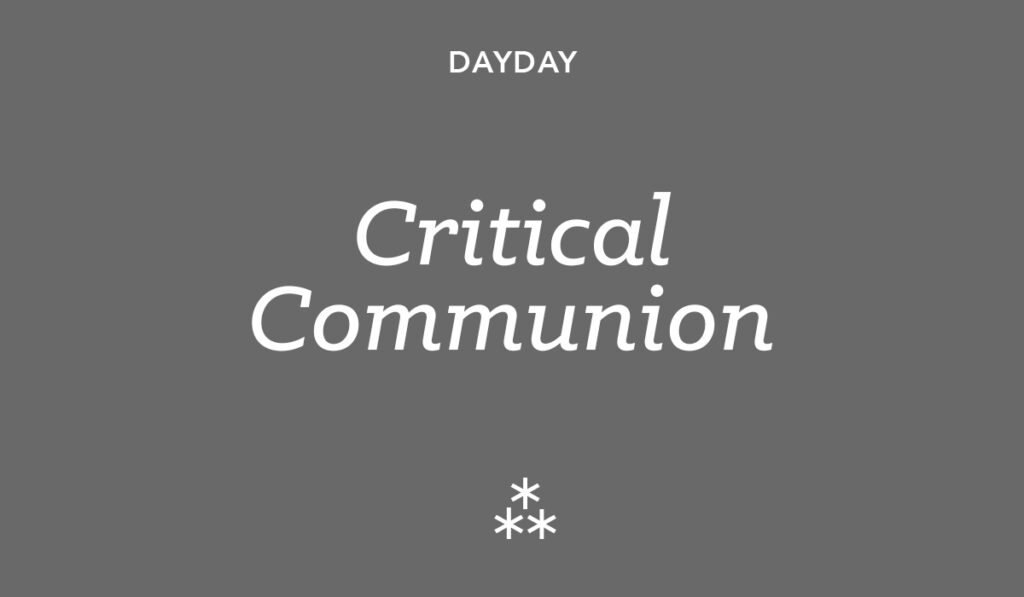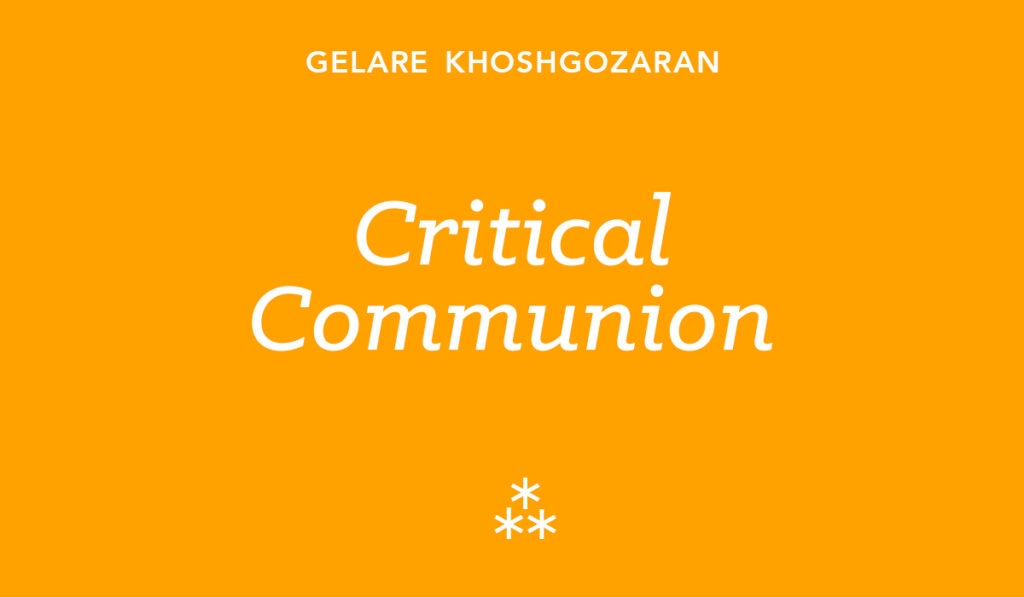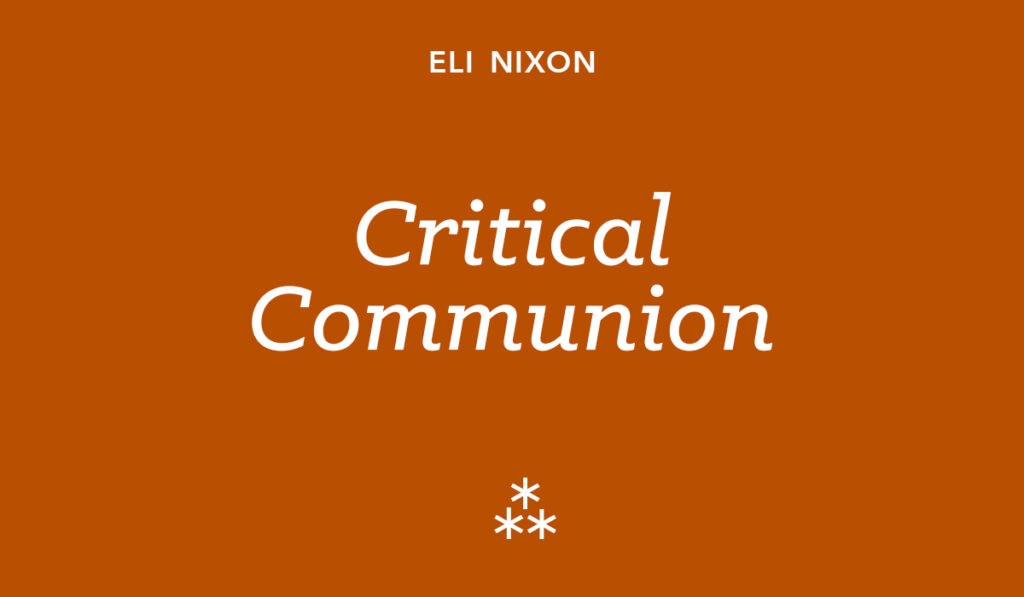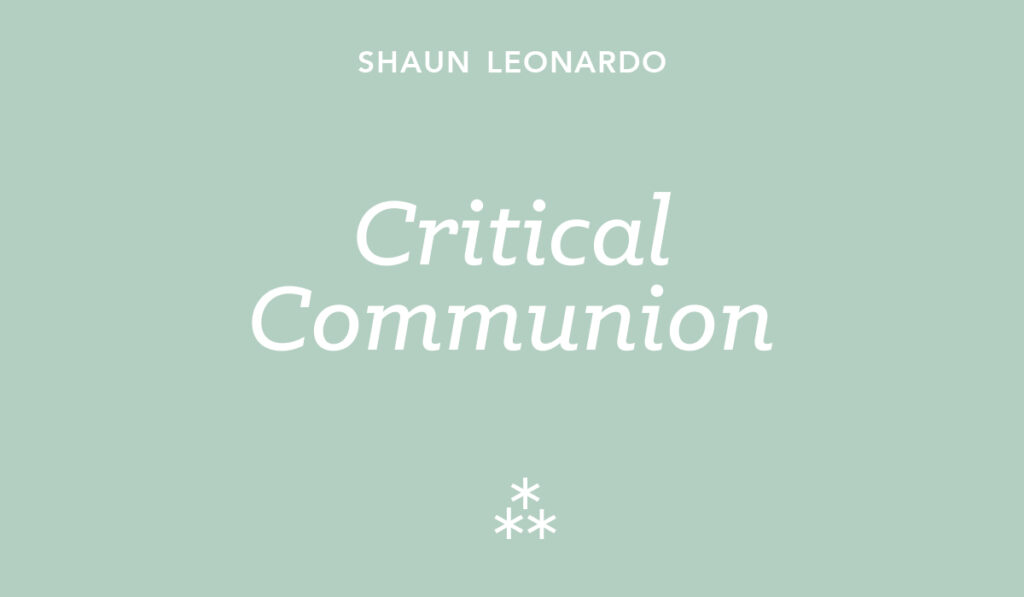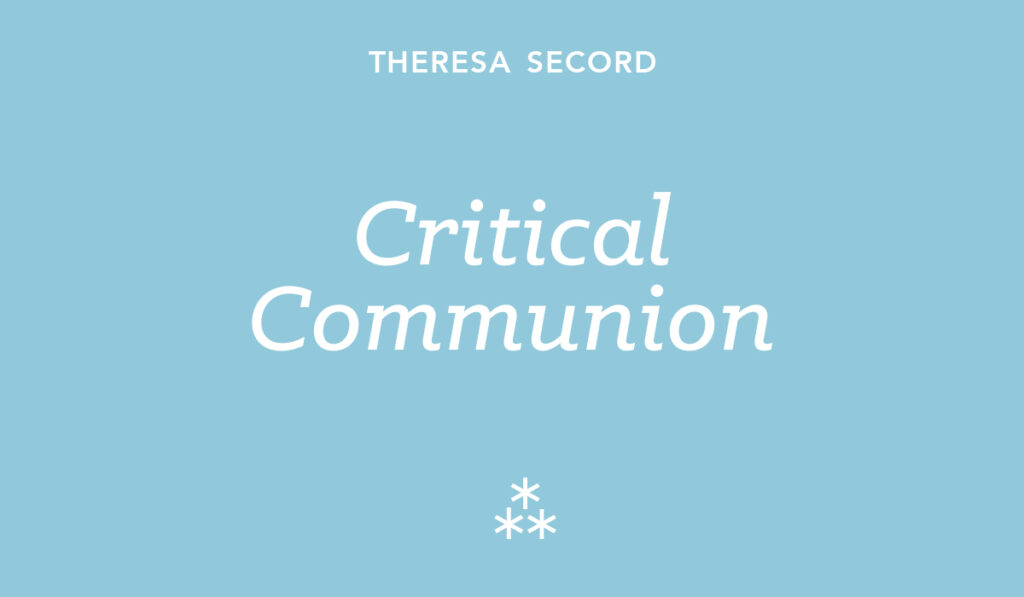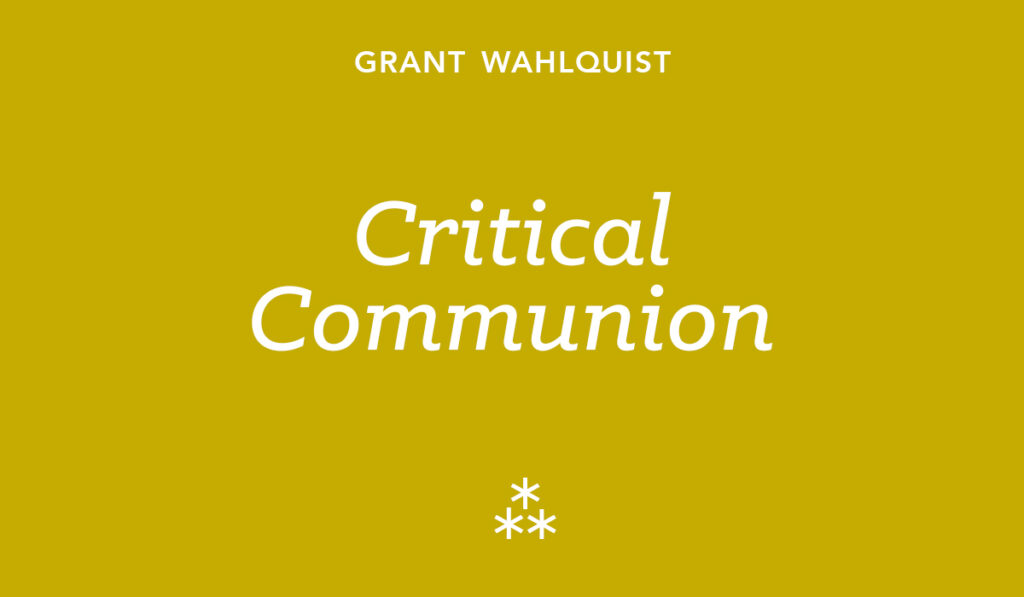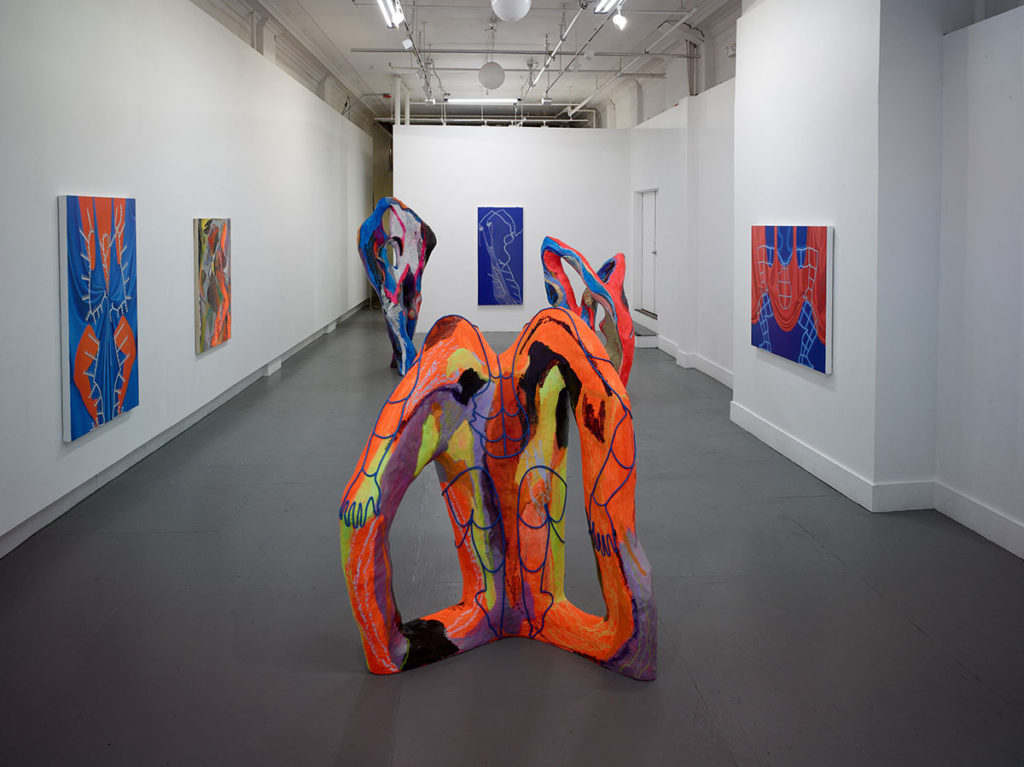by Jenna Crowder
The most salient moments of Temp to Perm — a one-day public art conference advertised as a “platform to investigate the spectrum of contemporary public art” — were nestled into a short speech at the end of a long day. Lynnette Miranda, a latinx artist, curator, and writer currently the Curator-in-Residence at Charlotte Street Foundation in Kansas City, presented closing remarks outlining with urgency what ostensibly should have framed the conference: shared language around what public art is, who it is for, and how to work in public with “accountability, transparency, and reciprocity”. In the final moments of the day, Miranda implored attendees to carefully consider both audiences for public art and the communities in which projects take place. “These are often conflated, but they should be thoughtfully defined,” she said, encouraging artists and project managers to identify audiences and communities beyond demographics. “What is their investment in you and your work and what is your investment in them?”
What might have been a day to gather and meaningfully connect the state’s diverse public art practitioners instead unfolded more as partitioned attempts to defend individual projects and organizations. Bonnie Norlander, the conference organizer, did specify in her welcome that the conference was centered on “art funded by public money that includes both temporal or ephemeral art as well as permanent art,” but there was little sense that attendees shared common understanding of public art as a practice. When Anne Marie Purkey Levine, who serves on the Board of Directors for TEMPOart, led a panel discussion on creative placemaking, she smartly acknowledged that the term — “which some call creative placetaking” — has become fraught, for good reason. Gracious yet exacting, Purkey Levine asked her panelists to consider in their work a plurality of audiences: who is the art for? Who has been there all along? And who will be there in the future? Responses from panelists fluttered mostly on the surface of protocol and disparate notions of accessibility. At one point in the day, an attendee (who later also presented his work) asked why he had to think about his audience at all. “I always have to compromise,” he lamented. That Mayor Ethan Strimling delivered deflating opening remarks — focusing, strangely, on the fact that he completely left the arts out of his most recent State of the City address, despite “lots of people working on it” — only served to underscore feelings of alienation, defensiveness, and elitism.
If the goal of a conference is to build relationships that lead to more meaningful work, the structure of a public arts conference in particular might do well to encourage a collaborative criticality. Clearly defining audience, understanding deeply the needs of various communities, and recognizing as well who is not at the table — both in terms of practitioners and publics — ultimately serve to strengthen the work in the field. These kinds of ethical questions demand more attention than simply being named.
Though rigor did not define the day, there were some shimmering moments of inspiration and clarity. Curator and arts consultant June LaCombe’s presentation on land art was a cogent introduction to the work of artists like Agnes Denes, Robert Smithson, and Mierle Laderman Ukeles (whose work, Flow Thru Out, inhabits the entryway at Maine College of Art, where Temp to Perm took place). Considering that LaCombe’s expertise lies in siting discrete sculptures, imagining an iteration of Denes’ Wheatfield in Portland’s cityscape of new development or revisiting the genre-defining impact that Ukeles’ work had on action-based public projects in the ’70s feels radical even in 2017. (Full disclosure: I’m a member of the Portland Public Art Committee, and though I do not know LaCombe personally, I recognize a professional connection regarding her donations to Portland’s Public Art collection.) Daonne Huff, in her breakout session on alternative approaches for art spaces, presented a case study on Black Artstory Month, a public project she co-founded in Brooklyn. Huff outlined her thirteen tenets of public art interventions and activations in a quick 45-minute session — #2: Select a theme/concept with depth, range, and specificity; #10: Have realistic expectations of audience, attendance, and media — with an emphasis on inclusivity and realism. “Artists shouldn’t expect their vision to be supported automatically,” she said, “Artists going into communities need to be there to serve. Thoughtfulness needs to be at the heart of the work.”
In fact, Huff’s tenets would be welcome in shaping conversations around public art as much as they are instrumental in the process of making work. “#9: Strive to build relationships and partnerships that carry over the years” isn’t quite the same thing as a breakout session moderator leading an exercise on “elevator questions”, in which participants were asked to imagine following up an initial elevator pitch with an immediate request. The term “networking” is so often despised because it’s taught as being one-sided; curiosity and generosity are part of how relationships are built. Emphatic nods met Huff’s tenet #6 — “Maintain the integrity of the art” — but there was little to no discussion during the day to talk about the value of public art. At what point do we hold our institutions accountable in defining public art and accessibility in ways that mean more than “free programming”? If we can’t broach a conversation on value, how do we embrace risk-taking, responsive work, or even real mentorship for emerging artists?
No conference, no matter how well-planned, receives acclaim across the board. A constructive way of looking at this could be to acknowledge that conferences occupy a role to demand critical thinking of its audiences, whether that happens during or after. Creating public art — and public art conferences — requires deep, internal work as much as it does communication, planning, passion, and dedication. It means working out loud, remaining open to feedback, and encouraging self-critique. If, as one attendee hoped, “we’re going to put Portland public art on the map”, we’ll need to continue to engage in generative conversations that demand rigor, reflection, and yes, excellence. Amplifying Miranda’s parting words: “Public art is about collaboration, risk, and trust. Share your goals and listen to others’. Ask why and know when to say no. Give your collaborators agency and challenges. Support a shared vision and embrace the process.”
Temp to Perm took place on Saturday, June 3, 2017 at Maine College of Art in Portland, Maine.
Jenna Crowder, Co-Founding Editor at The Chart, is an artist, writer, and editor. Her writing has been published in The Brooklyn Rail, Art Papers, BURNAWAY, Temporary Art Review, The Rib, Liminalities: A Journal of Performance Studies, and VICE Creators Project, among other places.

